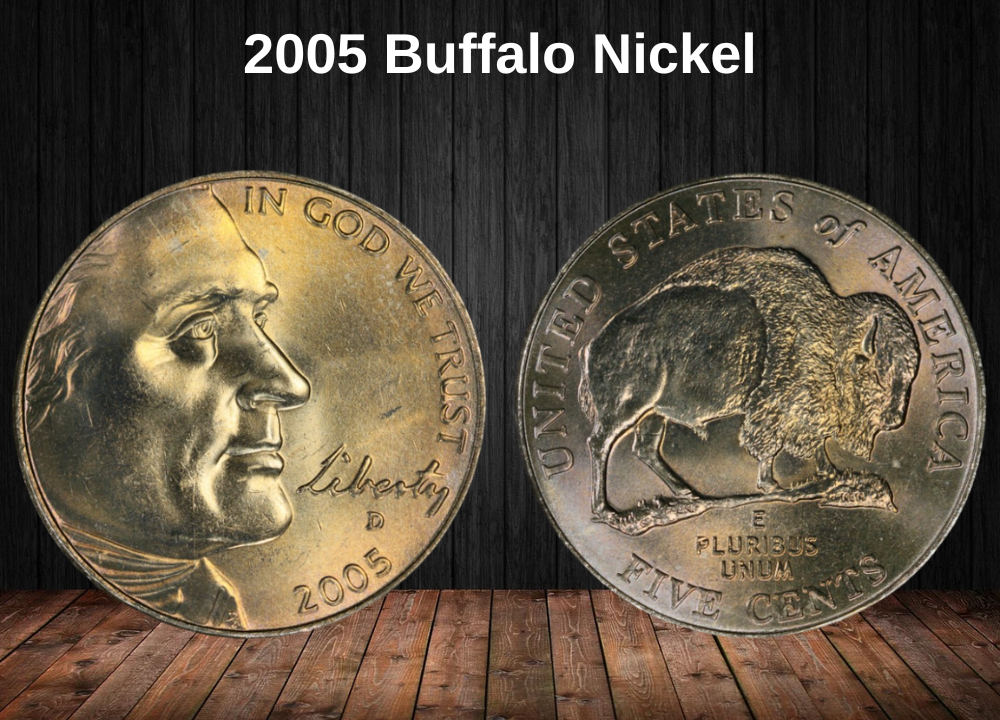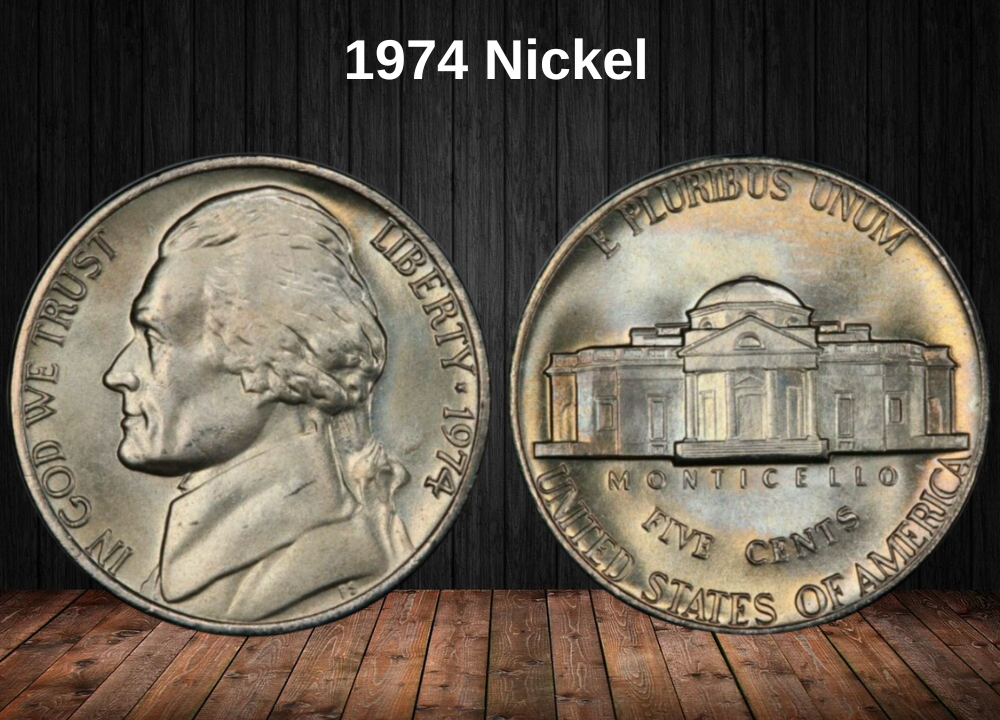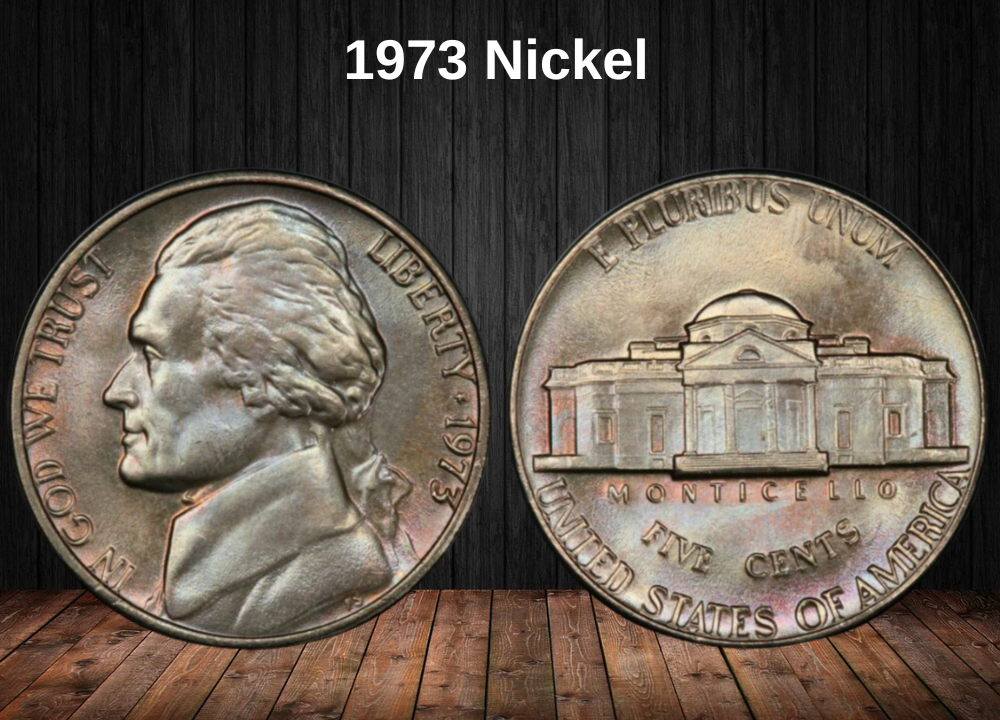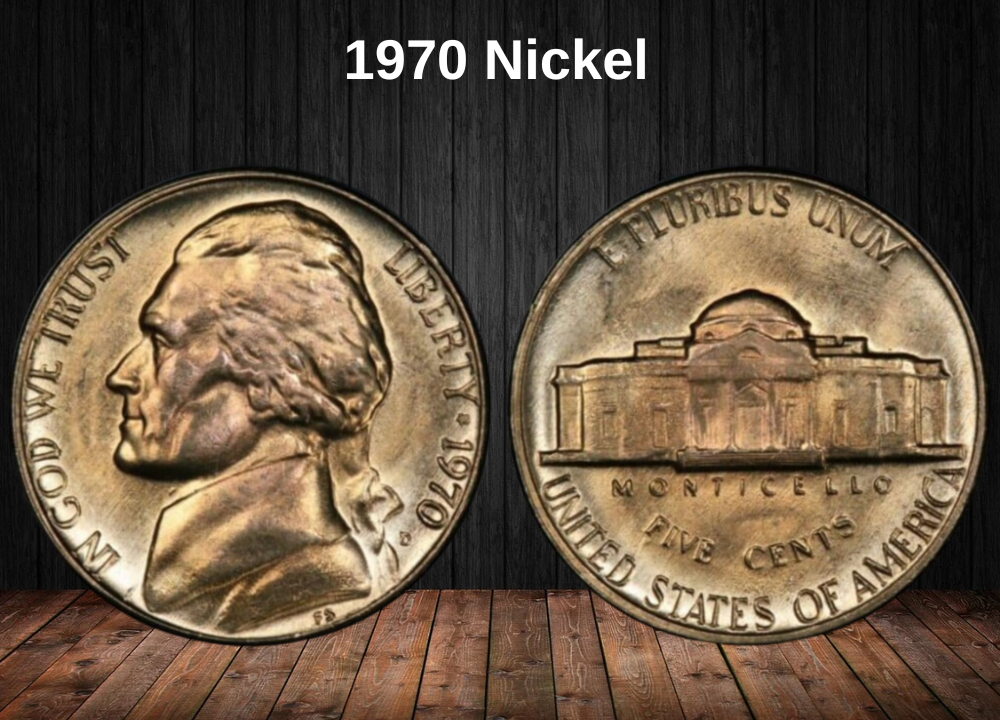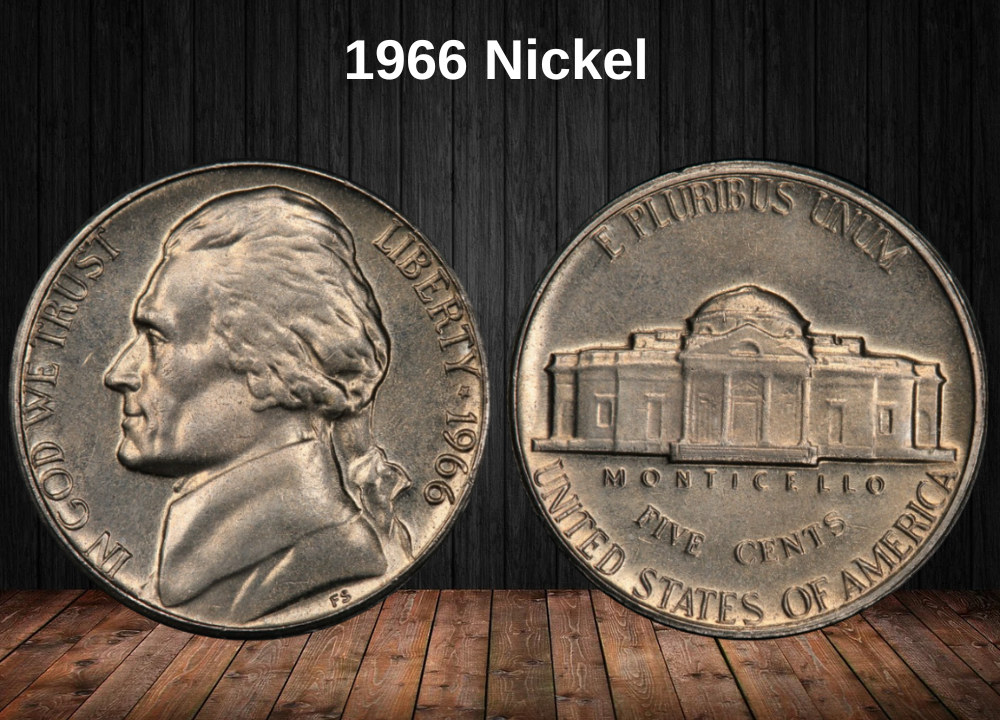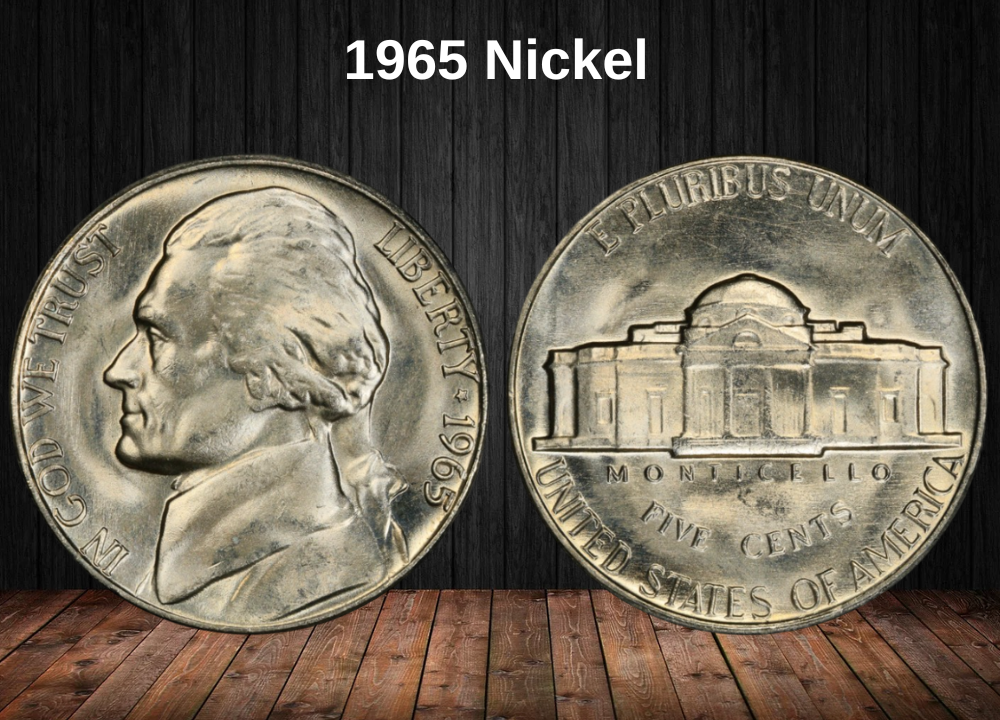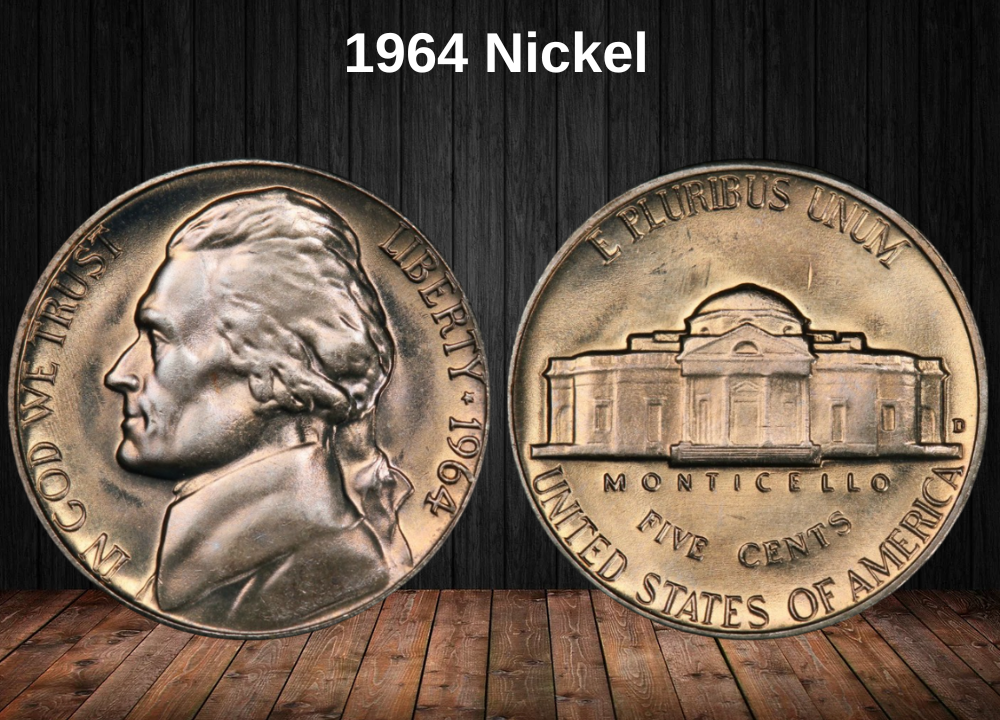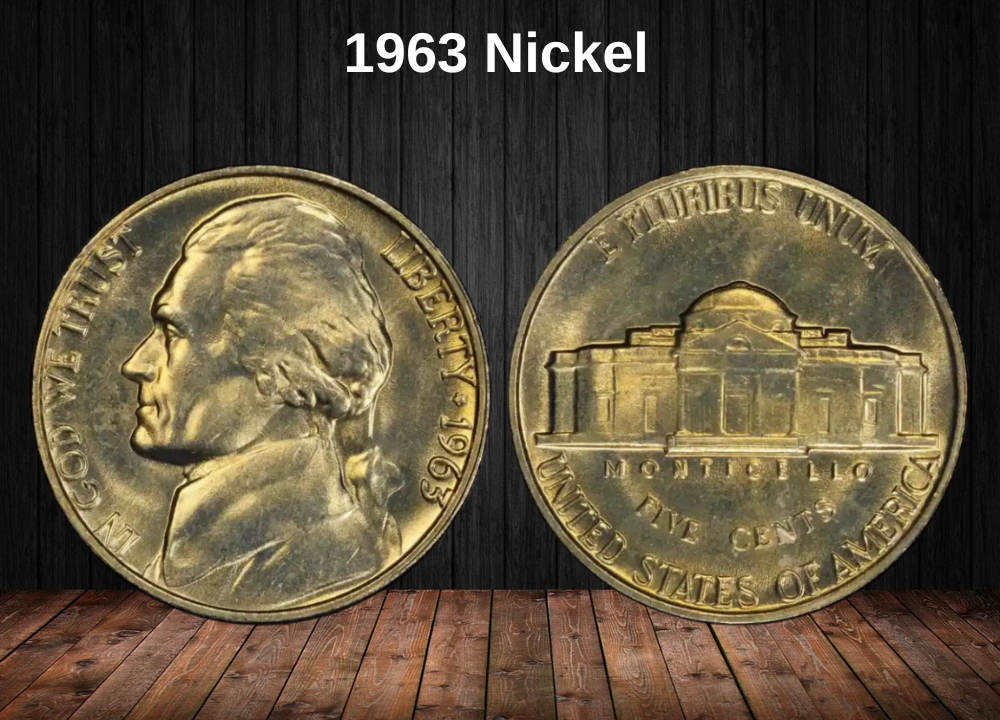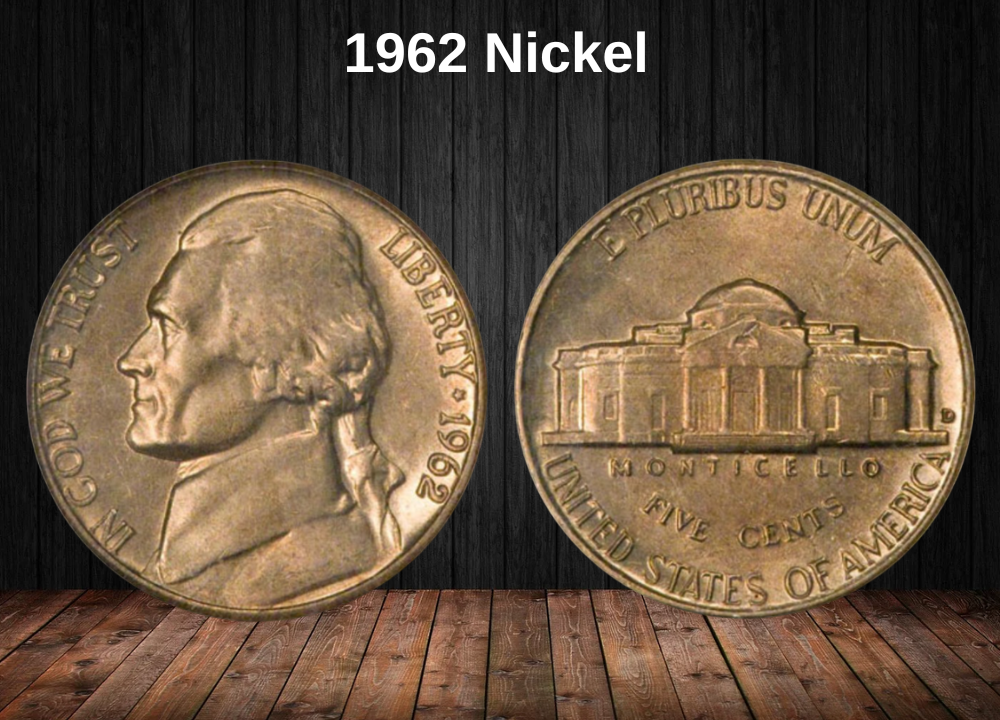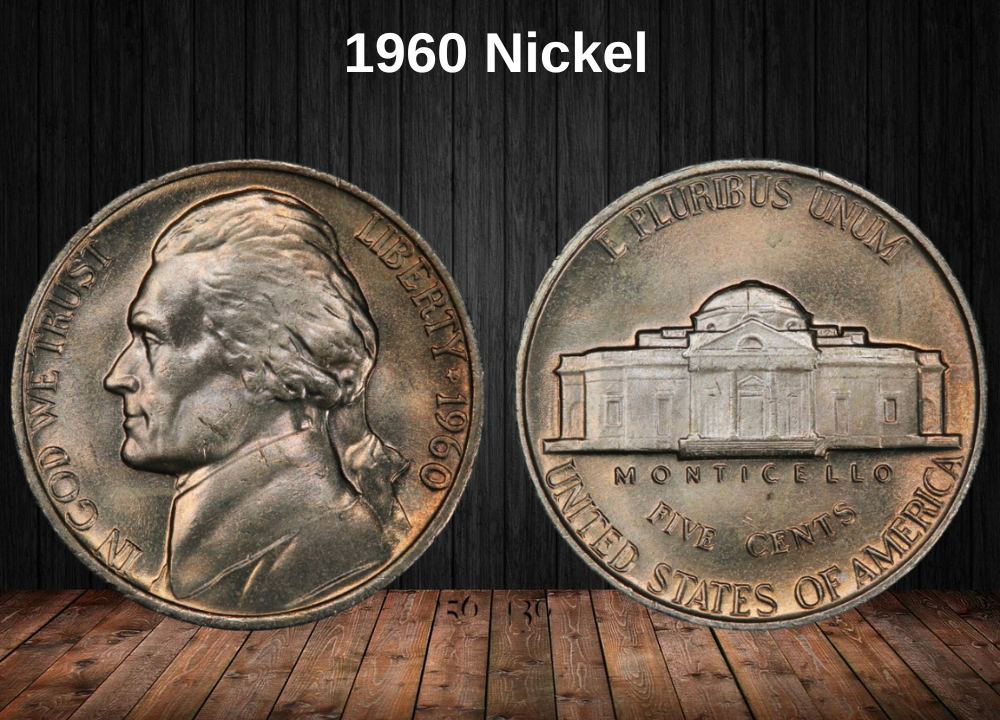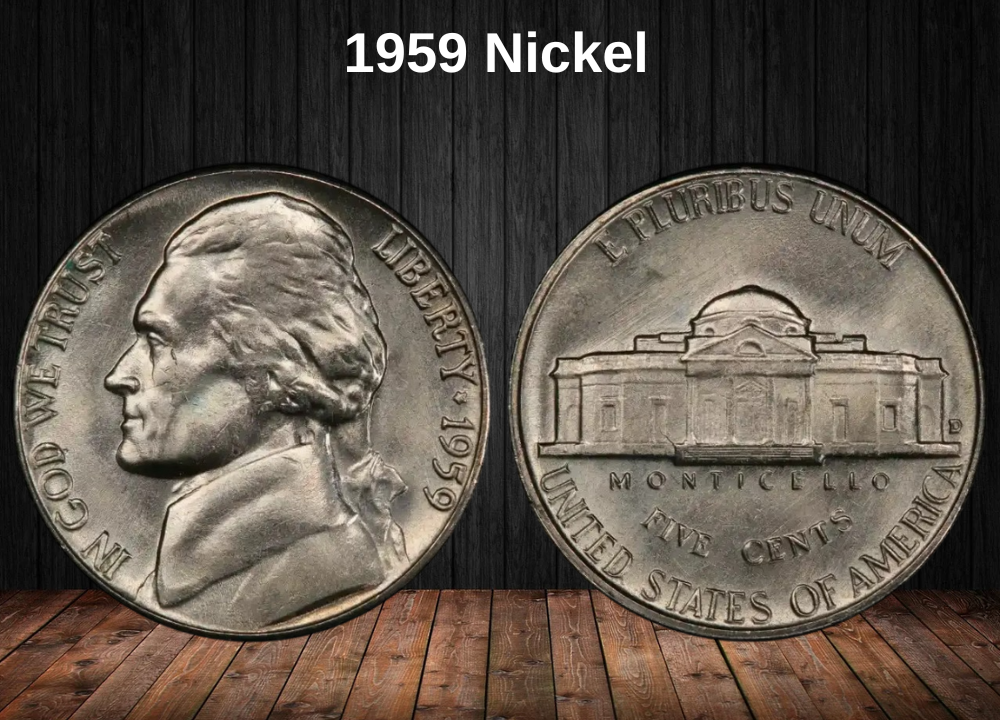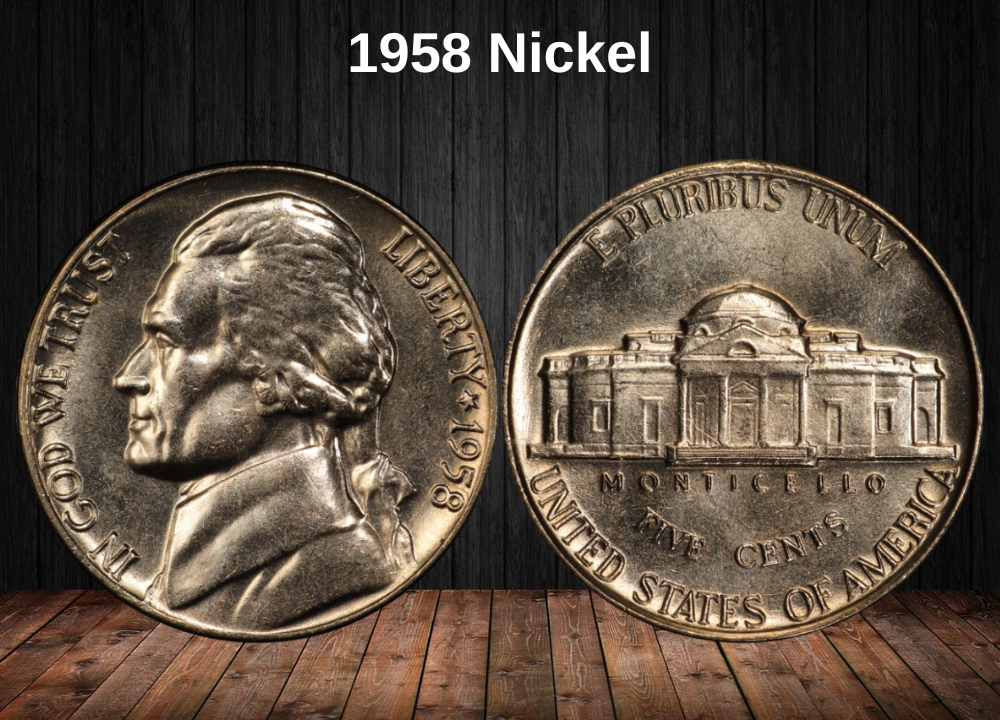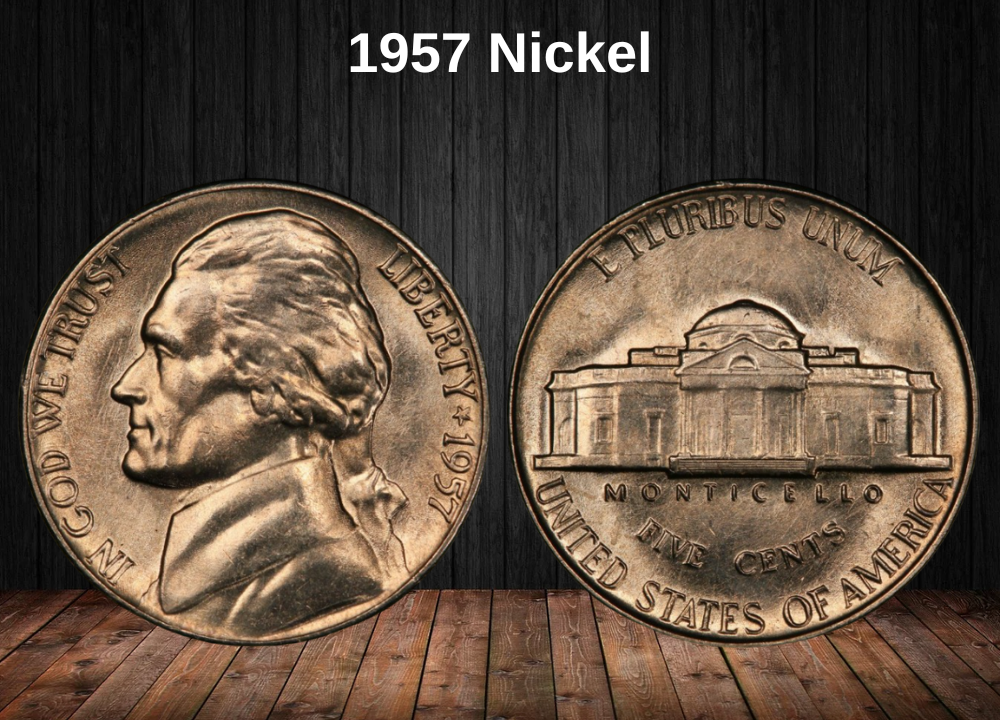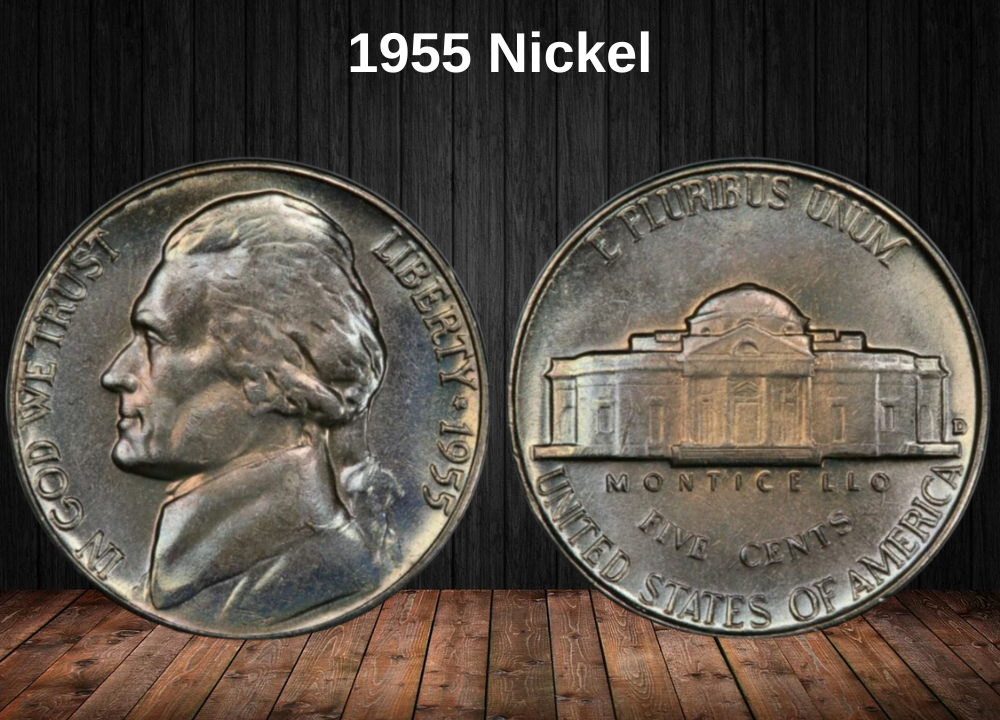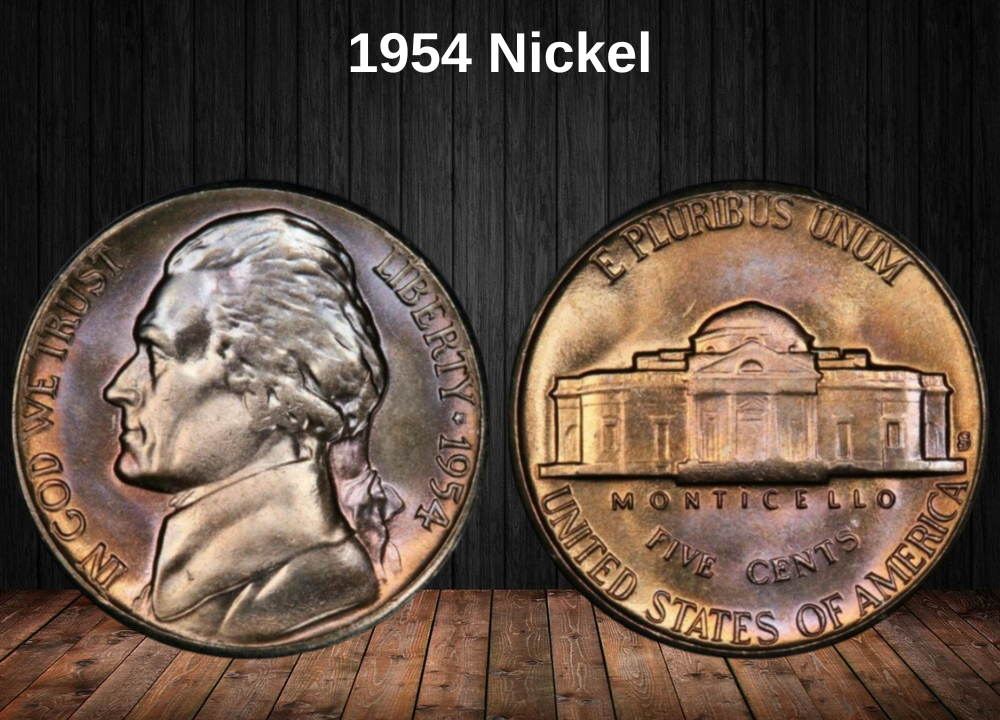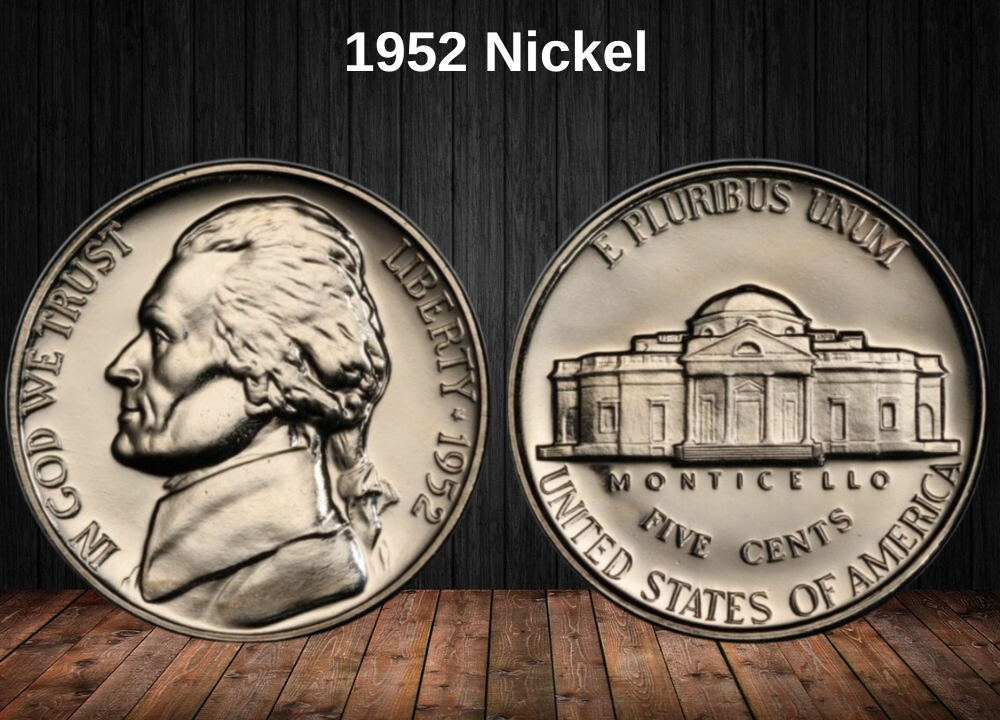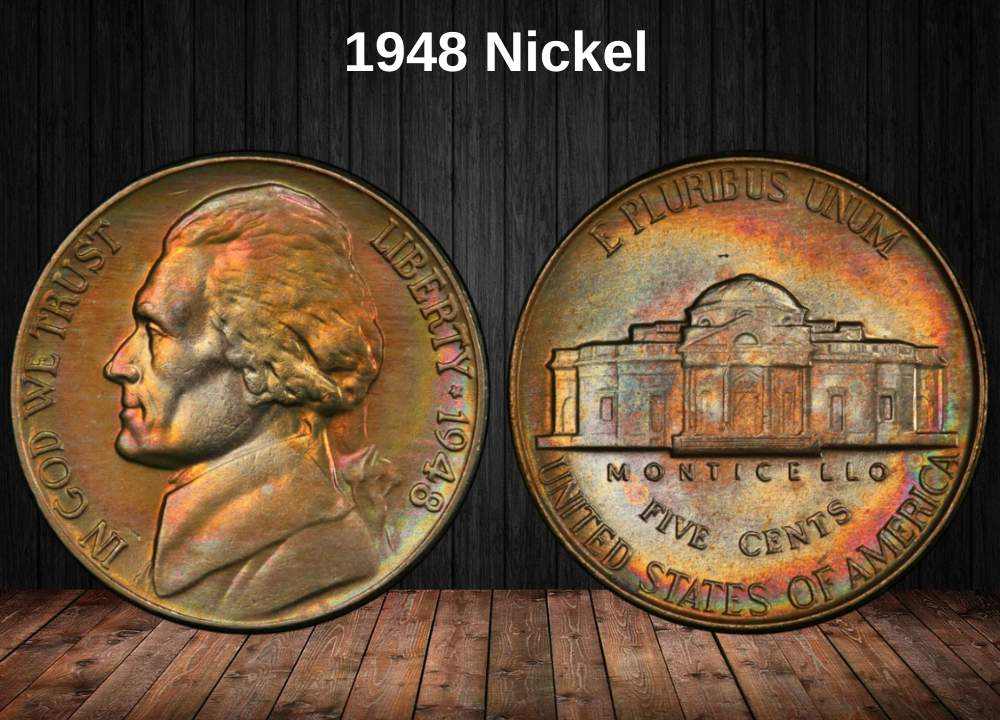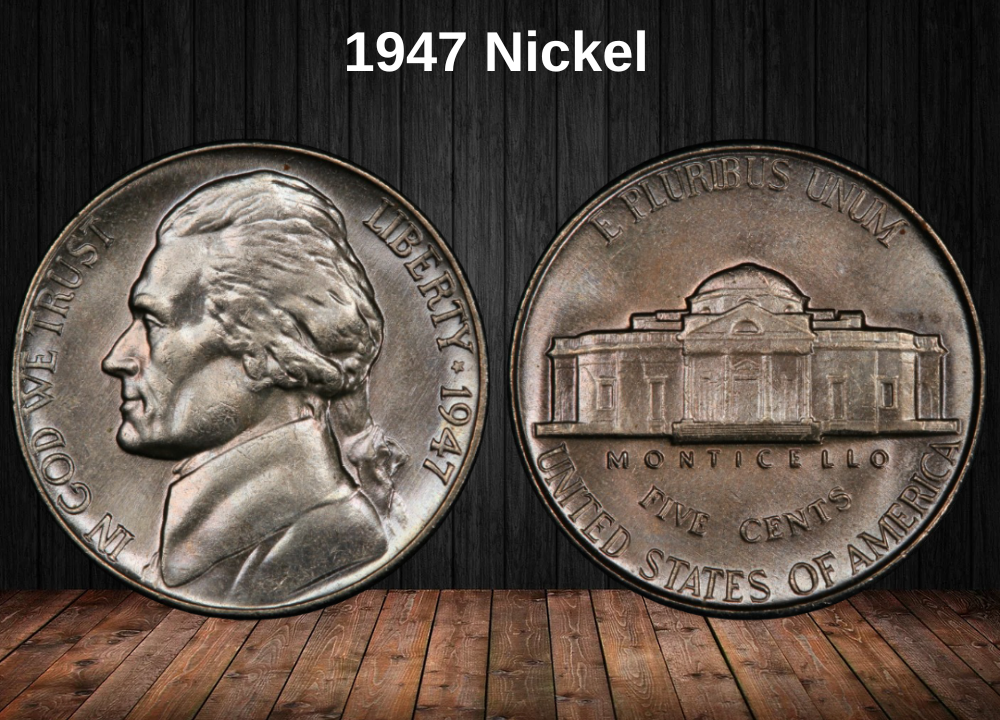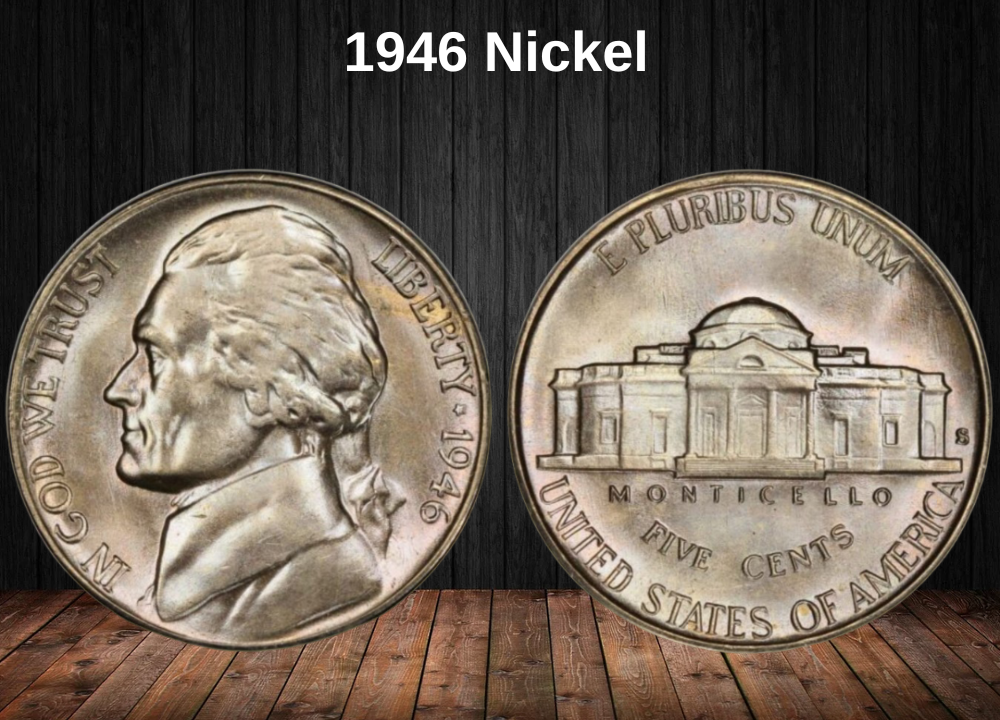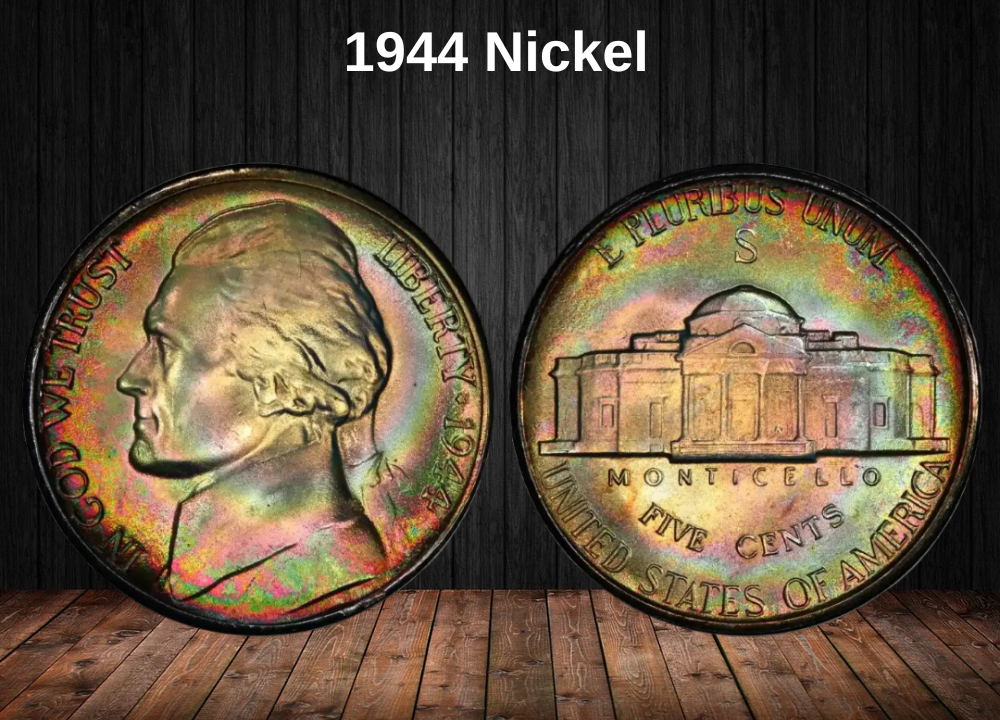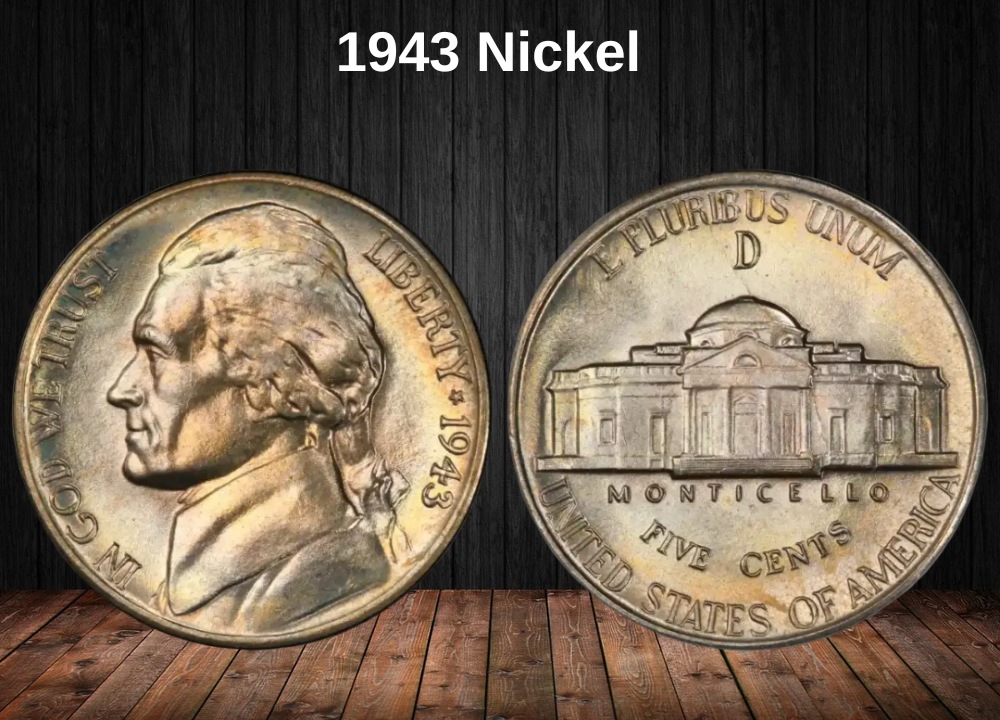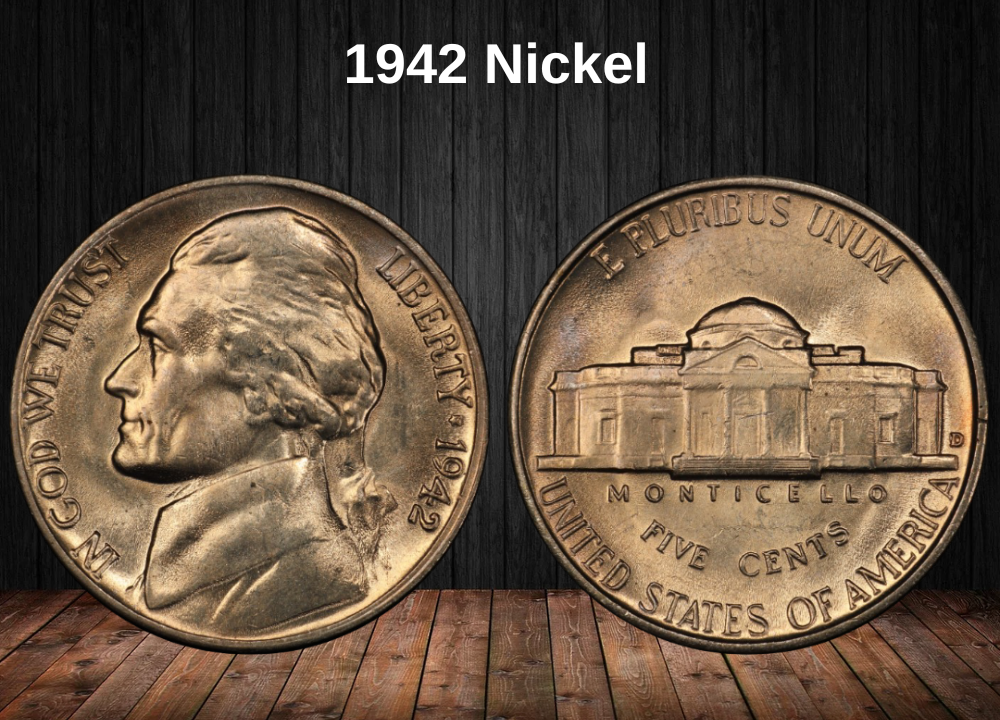The value of a 1936 Buffalo nickel can vary greatly depending on its condition, mint mark, and any unique mint errors. While not all examples are high in price, these coins are deeply rooted in American history and are considered highly collectible.
🇺🇸 An Icon of American Heritage
Many collectors view the Buffalo nickel as one of the most genuinely American coins ever made. The obverse honors Native American culture through a powerful chief’s profile, while the reverse features a bison — a lasting symbol of the untamed American West.
1936 Buffalo Nickel Value Chart
| Condition | 1936 (No Mint Mark) | 1936 D | 1936 D (3½ Legs) | 1936 S |
|---|---|---|---|---|
| Good (G-4) | $1.53 | $1.53 | $516 | $1.53 |
| Very Good | $1.84 | $1.84 | $705 | $1.84 |
| Fine | $2.14 | $2.14 | $1,216 | $2.14 |
| Very Fine | $2.44 | $2.44 | $1,837 | $2.44 |
| Extra Fine | $3.54 | $4.85 | $3,554 | $4.85 |
| About Unc. | $11.00 | $14.00 | $6,122 | $14.00 |
| MS 60 | $30.00 | $48.00 | $14,917 | $45.00 |
| MS 63 | $59.00 | $55.00 | $22,023 | $55.00 |
| PR 65 (Proof) | $1,267 | – | – | – |
The Story Behind the 1936 Buffalo Nickel

The history of the American nickel dates back to 1866, when the Shield nickel first entered circulation. It was later followed by the Liberty Head nickels, minted from 1884 to 1912. Then came a major transformation — the introduction of the Buffalo nickel series.
This iconic coin was designed by James Earle Fraser, who created a bold and deeply symbolic design that represented American heritage. From 1913 to 1938, the Buffalo nickels were minted, overcoming multiple production challenges over the years. Although the public loved their unique look, the raised features of the design wore down quickly, which created difficulties for the U.S. Mint.
The 1936 Buffalo nickel was struck during a tough economic period in American history, yet it became a landmark year for the series. That year marked the highest production numbers for Buffalo nickels and also the reintroduction of proof coins, which hadn’t been minted since 1916.
By 1938, the Buffalo nickel era came to a close, and it was replaced by the Jefferson nickel, which still circulates today. Despite its relatively short run, the Buffalo nickel remains one of the most treasured coins among collectors.
1936 Buffalo Nickel Varieties & Mintages
- 1936 (No Mint Mark) – Philadelphia Mint: 118,997,000 coins struck
- 1936 Proof Nickel – Philadelphia Mint: Only 4,420 produced
- 1936 D – Denver Mint: 24,814,000 coins minted
- 1936 S – San Francisco Mint: 14,930,000 coins minted
- Total Production in 1936: 158,745,420 nickels
The 1936 Buffalo Nickel Features
The obverse of the 1936 Nickel
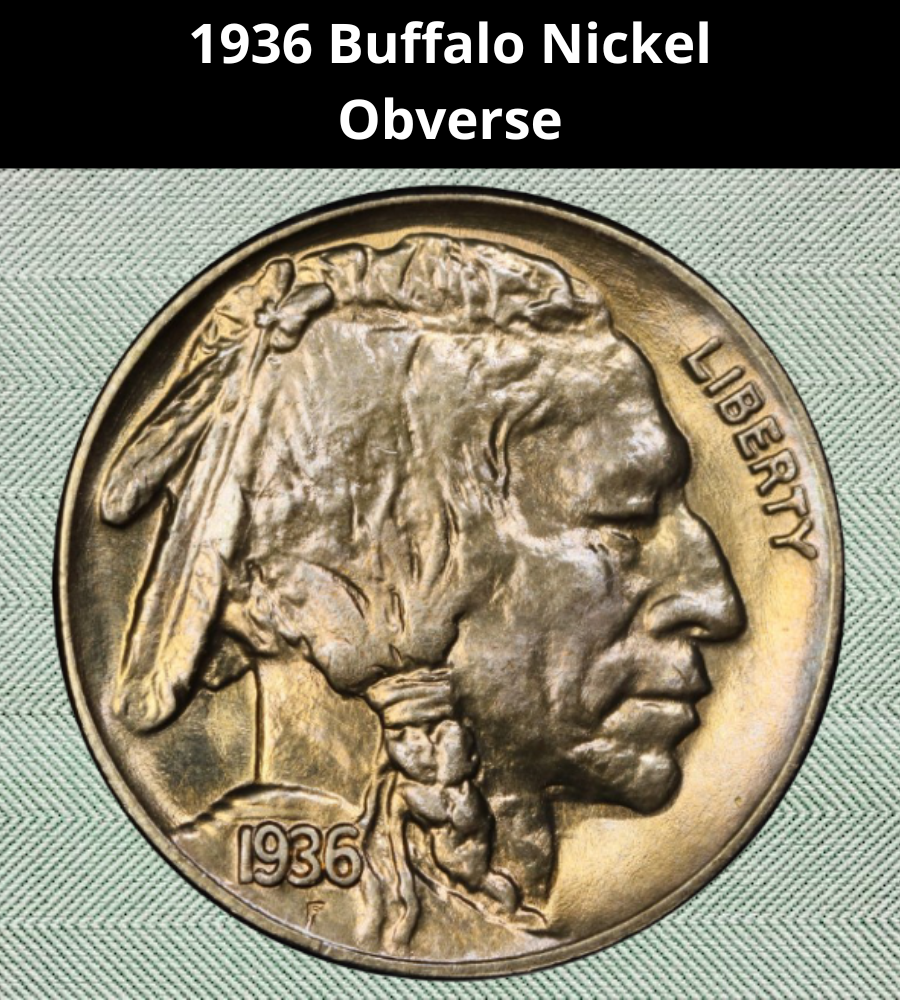
The front (obverse) of the 1936 Buffalo nickel features the striking profile of a Native American man, facing toward the right. Just in front of his face is the word LIBERTY, as if he’s gazing toward its meaning and promise. Below his shoulder on the right is the date 1936, marking the coin’s year of issue.
Directly beneath the date, you’ll notice a small “F”, which stands for Fraser, the last name of James Earle Fraser, the coin’s designer. This signature detail appears on all Buffalo nickels minted between 1913 and 1938.
The reverse of the 1936 nickel

The back side of the 1936 Buffalo nickel displays a bold image of an American bison facing left, standing firmly on a flat ground surface. Beneath its hooves appears the denomination FIVE CENTS. Along the top of the coin, you’ll find two legally required inscriptions: “UNITED STATES OF AMERICA” and the Latin phrase “E PLURIBUS UNUM”, meaning “Out of many, one.”
Below the denomination, you might spot a small “D” or “S”, indicating the coin was minted in Denver or San Francisco, respectively. Coins minted in Philadelphia do not carry a mint mark — a standard practice at the time.
In fact, no Philadelphia-minted U.S. coins included the “P” mint mark until 1980, with the exception of wartime nickels produced between 1942 and 1945. As of 2017, only the penny remained without this identifying letter.
1936 Buffalo Nickel Specifications
- Composition: Copper-nickel
- Diameter: 0.835 inches (21.2 mm)
- Thickness: 0.077 inches (1.95 mm)
- Weight: 0.176 ounces (5 grams)
- Shape: Round
- Edge: Plain
- Face Value: $0.05 (Five cents)
Other Features of the 1936 Buffalo Nickel
Like the rest of the Buffalo nickel series, coins minted in 1936 share the same physical characteristics. Each piece is made of a copper-nickel alloy and weighs 0.176 ounces (5 grams). The coins have a diameter of 0.835 inches (21.2 mm), a thickness of 0.077 inches (1.95 mm), and feature a plain (smooth) edge. These consistent specifications helped standardize production throughout the series’ run.
1936 Buffalo Nickel Grading
Grading plays a crucial role in identifying the true value of a 1936 Buffalo nickel. Most seasoned collectors rely on the 70-point Sheldon grading scale to assess the condition of their coins, whether doing so personally or with the help of professional services. Submitting your coin to a recognized grading company can also boost its market value, especially if it receives a high grade.
Below is a breakdown of the most common grades used for Buffalo nickels:
| Grade Number | Grade Description |
|---|---|
| 1 | Basal State-1 |
| 2 | Fair |
| 3 | Very Fair |
| 4, 5, 6 | Good |
| 7, 8, 10 | Very Good |
| 12, 15 | Fine |
| 20, 30 | Very Fine |
| 40 | Extremely Fine |
| 50 | About Uncirculated |
| 60 | Mint State (MS-60) |
| 65 | Mint State (MS-65) |
| 70 | Mint State (Perfect MS-70) |
To accurately determine where your coin falls on this scale, we recommend referring to our detailed grading guides. It’s a vital step if you want to accurately assess and maximize your coin’s potential value.
1936 Buffalo Nickel Value Guides
In 1936, the U.S. Mint struck a total of 158,745,420 Buffalo nickels, produced across three different mints. Each facility issued coins for regular circulation, while the Philadelphia Mint was the only one to also produce a limited number of proof coins — making those particular pieces especially desirable among collectors.
1936 No Mint mark Nickel Value

The Philadelphia Mint produced the largest portion of 1936 Buffalo nickels, with an impressive 118,997,000 coins struck. The value of these nickels varies significantly based on condition. Coins that have been circulated generally range from about $0.45 to $15.60.
For uncirculated examples graded MS 60 or higher, prices increase noticeably. Entry-level uncirculated coins typically sell for $17 to $20, but higher grades command substantially higher premiums. Here’s a closer look at expected values by grade:
- MS 62: Around $50
- MS 63: Approximately $60
- MS 64: Roughly $75
- MS 65: Near $110
- MS 66: About $225
- MS 67: Close to $750
One of the most remarkable valuations comes from the extremely rare MS 68 specimens, which experts estimate to be worth a staggering $25,000 due to their exceptional rarity and condition.
1936 Proof Buffalo Nickel
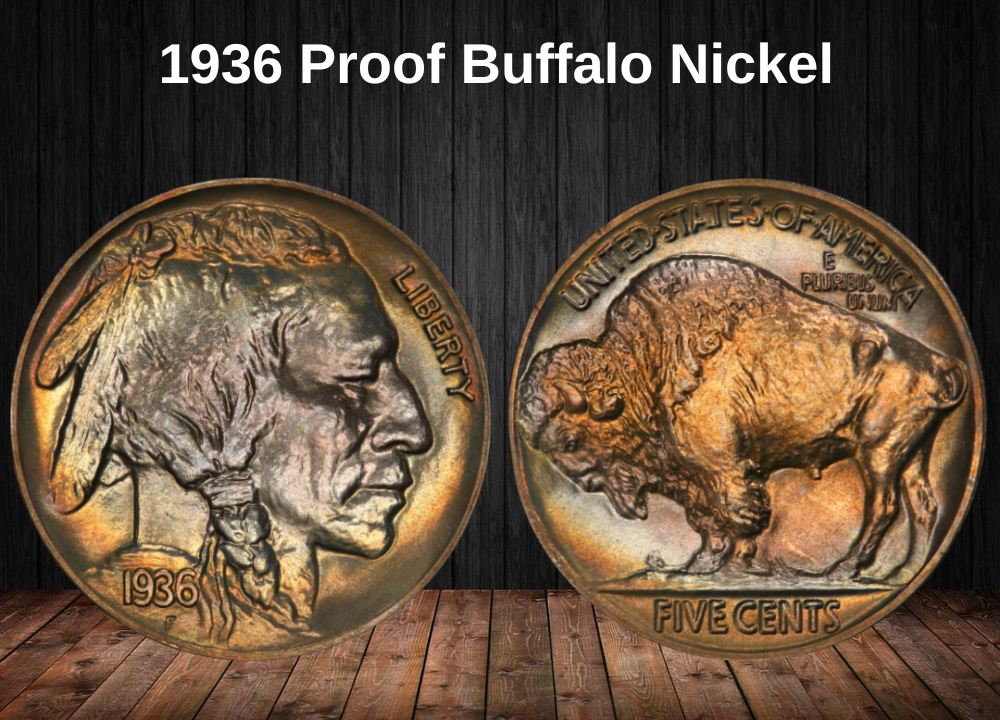
In addition to the regular circulation strikes, the Philadelphia Mint produced a limited run of 4,420 proof nickels in 1936. These are known as Type 2 proofs, featuring the bison standing on flat ground, and were made exclusively for collectors.
Proof coins with a Satin Finish generally start at values over $600 for those graded PR 60. Prices rise steadily with higher grades, and collectors should expect to pay at least:
- PR 61: Approximately $850
- PR 62: Around $950
- PR 63: Near $1,125
- PR 64: About $1,250
- PR 65: Roughly $1,350
- PR 66: Close to $1,600
- PR 67: Approximately $3,600
- PR 68: Estimated at $10,500
Proof coins with a Brilliant Finish carry even higher premiums. Their price range typically starts at:
- PR 60: Around $775
- PR 61: About $850
- PR 62: Roughly $925
- PR 63: Close to $1,025
- PR 64: Approximately $1,225
- PR 65: Near $1,350
- PR 66: Around $1,650
- PR 67: About $3,850
The PR 68 grade for these brilliant coins is estimated at $10,500, though exceptional examples can fetch much higher prices. In fact, one remarkable 1936 proof Type 2 nickel recently sold at auction for an astonishing $40,250, making it the most valuable 1936 nickel ever recorded.
1936 D Nickel Value
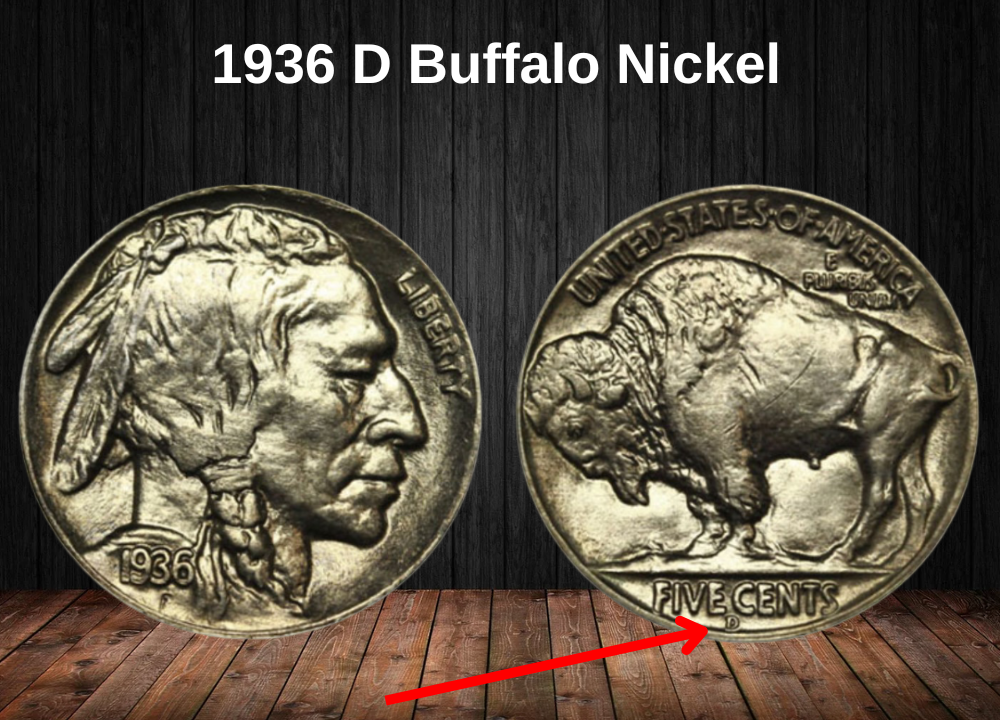
From the Denver Mint, a total of 24,814,000 Buffalo nickels were produced in 1936. While many of these coins have survived to the present day, the majority show heavy wear and may not be desirable to collectors. However, specimens in better condition can be valued between $0.45 and $30.
Uncirculated nickels from Denver generally command higher prices, with average values by grade as follows:
- MS 60: About $40
- MS 61: Around $45
- MS 62: Approximately $50
- MS 63: Near $60
- MS 64: Roughly $95
- MS 65: Close to $160
- MS 66: Around $225
The most sought-after are the MS 67 grade nickels from Denver, with prices reaching approximately $1,350 each.
1936 S Buffalo Nickel
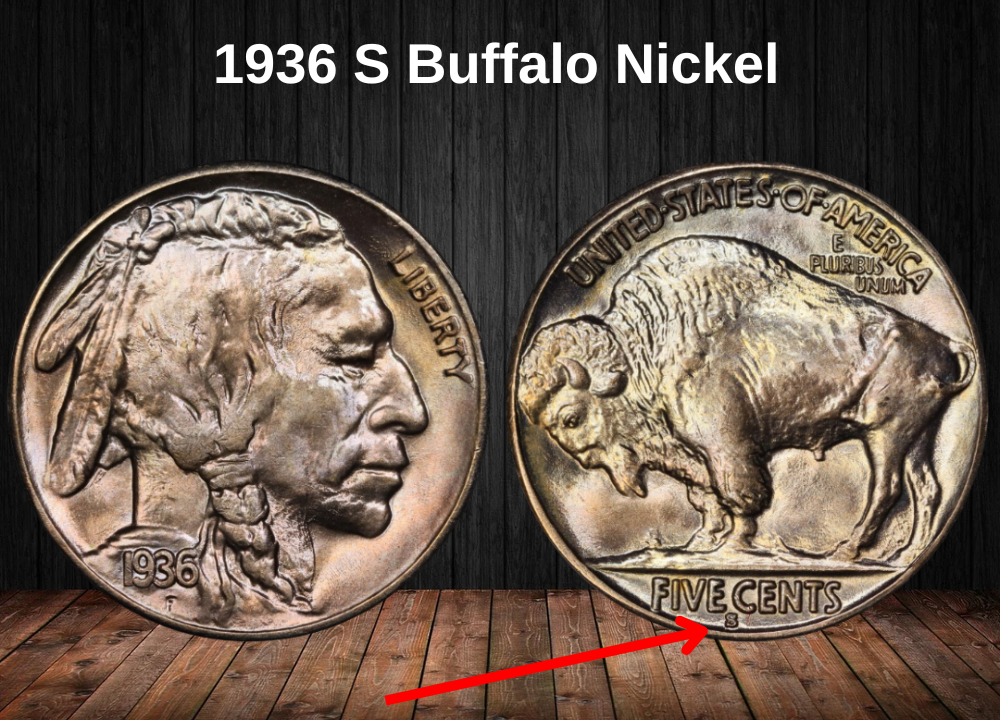
In 1936, the San Francisco Mint issued 14,930,000 Buffalo nickels for circulation. Many of these coins remain in existence today, though even those in higher grades generally have reasonable price tags.
Circulated nickels from this mint typically sell for between $0.45 and $26.40. For uncirculated examples graded MS 60 through MS 66, the value ranges from around $40 up to $300.
The notable exception is the MS 67 grade nickels from San Francisco, which are considerably rarer and valued at approximately $1,100.
Rare 1936 Nickel Error List
1936 D 3 1/2 Legs Nickel
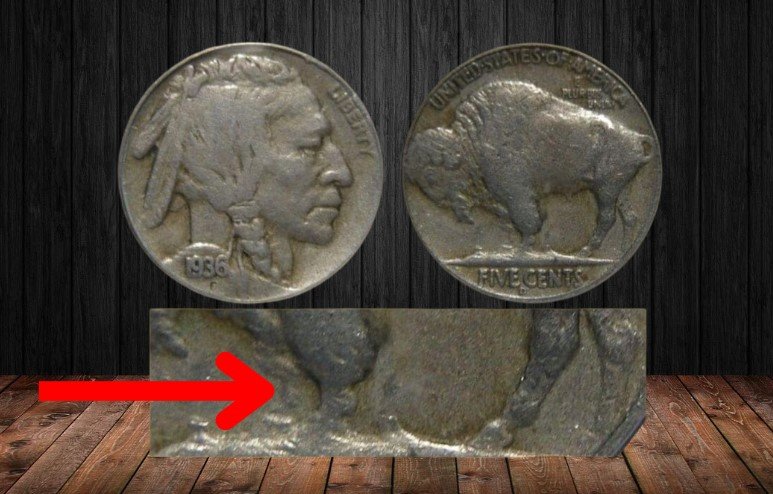
Among the 1936 D Buffalo nickels, a fascinating variety known as the “3 1/2 Legs” error coins stands out. These coins are identified by the partially missing or faintly struck front leg of the bison, a characteristic flaw unique to this series.
Despite often showing signs of heavy circulation, these error nickels can command prices ranging from $350 to $7,500. Uncirculated specimens are even more valuable, frequently fetching between $10,000 and $16,800 at auction.
The highest recorded sale was an MS 63 graded “3 1/2 Legs” nickel, which sold for an impressive $20,700 in 2009, making it one of the most coveted error coins from 1936.
Re-punched Mint Mark Error
Occasionally, when a mint mark was incorrectly stamped initially, mint workers corrected the mistake by manually punching the mark a second time. This process created a unique error variety known as the re-punched mint mark, which makes these nickels highly collectible and valuable.
Here are some notable varieties along with their typical price ranges:
- 1936 D/D nickels: Valued between $100 and $1,440
- 1936 D/S nickels: Priced from $280 up to $2,640
- 1936 S/S nickels: Worth between $25 and $1,300
Collectors prize these errors due to their rarity and the visible double impressions on the mint marks.
Doubled Die Error
A doubled die error occurs when a coin is struck more than once during the minting process, causing certain design elements to appear doubled or blurry. This type of mistake is quite rare among 1936 Buffalo nickels, which makes such coins highly sought after by collectors.
These errors can show varying degrees of doubling on either side of the coin, and their value depends largely on condition. Prices for doubled die nickels typically range from $100 to $1,500.
Other Errors Found on 1936 Buffalo Nickels
In addition to the unique errors linked specifically to the 1936 Buffalo nickels, collectors may also encounter several common minting imperfections typical of the series. These standard errors include:
- Off-center strikes
- Clipped planchets (where a portion of the coin blank is missing)
- Lamination flaws (peeling or flaking of the metal surface)
- Die cracks (fine lines caused by cracks in the coin die)
- Nickels struck on a 10-cent planchet (wrong blank size)
- Embedded staples on the obverse (foreign objects pressed into the coin face)
- Over-mint mark errors (where a mint mark is stamped over another)
These imperfections add to the variety and intrigue of collecting Buffalo nickels, with some examples valued higher due to their rarity or uniqueness.
Where to sell your nickel?
Now that you’re aware of your nickel’s value, you may be curious about the best places to sell it. Don’t worry: here’s a rundown of some top online marketplaces where you can conveniently sell your nickels, along with their benefits and drawbacks.
Explore the best platforms for selling nickels online (advantages and disadvantages).
FAQ About 1936 Buffalo Nickels
1. What is the composition of the 1936 Buffalo Nickel?
The 1936 Buffalo Nickel is made of 75% copper and 25% nickel, the standard alloy used throughout the series from 1913 to 1938.
2. What designs are featured on the 1936 Buffalo Nickel?
- Obverse: Profile of a Native American chief, designed by James Earle Fraser
- Reverse: American bison (buffalo) standing on a mound
3. Which mints produced the 1936 Buffalo Nickel?
The 1936 Buffalo Nickels were minted at:
- Philadelphia (no mint mark)
- Denver (“D” mint mark)
- San Francisco (“S” mint mark)
4. Are there any notable varieties or errors for the 1936 Buffalo Nickel?
Yes, some important varieties and errors include:
- Doubled dies, especially the rare Doubled Die Obverse
- Repunched mint marks (RPMs), notably on Denver and San Francisco coins
- Off-center strikes, die cracks, and die clashes
- The 1936 “S” mintmark over a “D” error is especially rare and valuable
5. How rare is the 1936 Buffalo Nickel?
Philadelphia coins are more common, while Denver and San Francisco issues are scarcer, especially in higher grades or with error varieties.
6. What is the typical value of a 1936 Buffalo Nickel?
Values vary by mint mark and condition:
- Circulated Philadelphia coins: $5 to $50+
- Denver and San Francisco coins: $50 to several hundred dollars or more in high grades
- Rare error coins can fetch significantly higher prices
7. What should collectors look for when purchasing a 1936 Buffalo Nickel?
- Clear details on both obverse and reverse
- Authentic mint marks, free from alterations
- Signs of wear or cleaning that might reduce value
- Any notable mint errors or varieties that increase rarity

